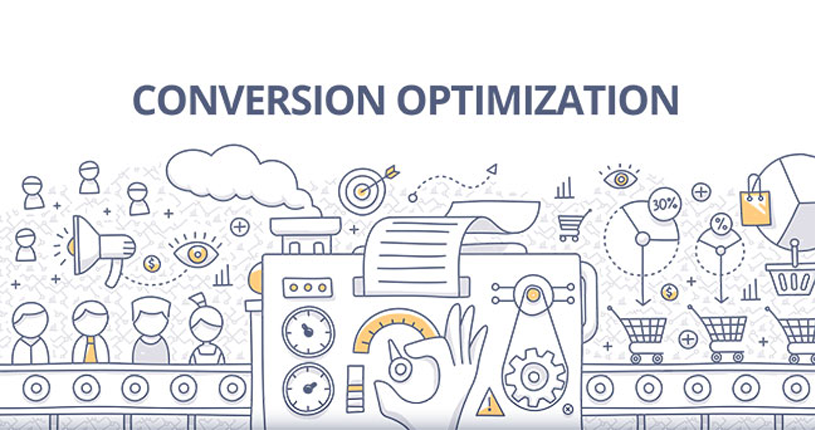Digital marketing is a multi-faceted, vitally important part of an overall marketing strategy. In fact, it’s just as much about data analysis as it is about strategy development and implementation. Yet, too often, marketing directors fall into the trap of focusing all their attention on creating and managing digital campaigns and neglecting the necessary task of tracking conversions. A website, as well as other digital marketing channels, must be carefully managed and monitored to ensure their ongoing success. And, decisions should be made on accurate data and not on hunches and guesswork.
Define Your Conversion
A conversion can mean vastly different things, depending on your industry, as well as the products and services that you market. For example, it could be as straightforward as a site visitor who buys something. Or, it could be a request for more information or a download of a gated asset. This is why it’s important to have a clear definition of a conversion as it pertains to your organization. In some cases, you may have multiple types of conversions. However, if you aren’t tracking visitors and what they’re doing at all, you are more likely managing a glorified online business card than a true lead generating tool.
Set Goals
If you’re guilty of not truly understanding the return on investment (ROI) of your digital marketing campaigns, an important step is to establish measurable business goals based upon your defined conversion. This will help you to establish what you want to achieve. Of course, as you become more accustomed to relying on data to drive your decisions, it’s likely that these goals will evolve.
Track the Data That Matters
You can slice and dice data in an infinite number of ways. However, looking at every data point is a recipe for analytic overload. While it can be enlightening to review multiple types of data, it’s important to clearly identify what you need to know to make smart marketing decisions. Basics such as what percentage of visitors are converted and what is the best source of converted visitors is a good place to start.
Make Logical Improvements
Is your data indicating that your ROI isn’t what it should be? There are usually some low hanging fruit strategies you can implement right away to bump up conversion rates. These include:
- Reducing the number of clicks to your desired action
- Identifying specific drop-off points and either modifying or removing them
- Eliminating areas that produce bottlenecks and hinder traffic flow
Test, Test and Test Some More
Anyone who claims to be an online expert but doesn’t rely on test results is not a reliable source of information. There is no single approach that works for everyone, and often, testing can produce some surprising results. Through ongoing testing, fine-tuning and testing some more, you can define the strategies that work best for your organization.
To make truly enlightened digital marketing decisions that drive a higher ROI, you need data on conversions and desired outcomes. This is how you will find out what works and where to invest your marketing budget. Remember – monitor campaigns from start to finish, evaluate data, make improvements and evaluate some more.




